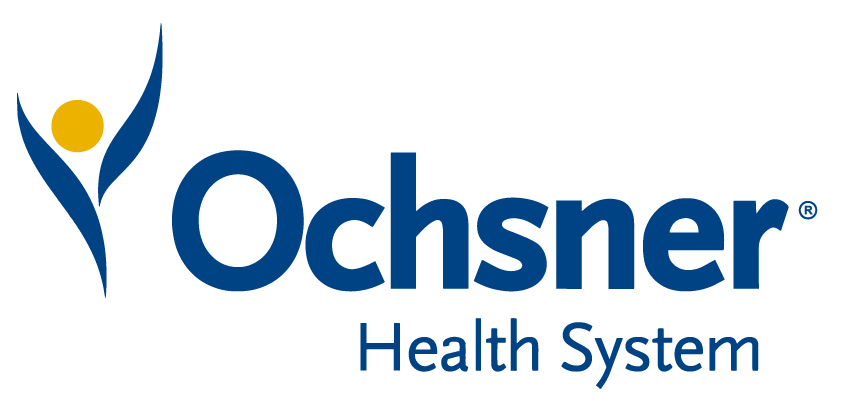

Staffing challenges in the operating room (OR) have presented significant hurdles for health systems across the nation. Leaders and managers continue to face daunting challenges in matching the supply of OR staff to the unpredictable demands of surgery schedules. The planning process, often reactive and time-consuming, lacks the proactive approach necessary for optimal outcomes and poor planning can have profound implications for patient care and the efficiency of healthcare delivery.
Join us to see how OHSU leverages strategic staffing insights and automated workflows to optimize staff planning and transform OR staffing practices. Discover actionable strategies to enhance efficiency, improve resource allocation, and empower nurse leaders to navigate the future of OR staffing with confidence and foresight.





Take the first step towards unlocking capacity, generating ROI, and increasing patient access.